People sometimes disregard the most important aspect of tiles, which is how are the tiles’ finishes, regardless of whether the tiles are Matt or Gloss finish since they lay greater focus on all the other characteristics. It is essential to understand how these two finishes affect the aesthetics of your bathroom space, since choosing between matte and gloss may result in a completely different look.
Although it may appear to be a simple decision, it has a huge influence on the overall aesthetic and maintenance of your area. The market provides a vast selection of tiling in several shapes, colors, patterns, finishes, etc.
Both treatments have various visual impacts, therefore it is essential to comprehend the pros and cons of each tile finish. There is a vast selection of tile compositions, sizes, colors, and shapes.
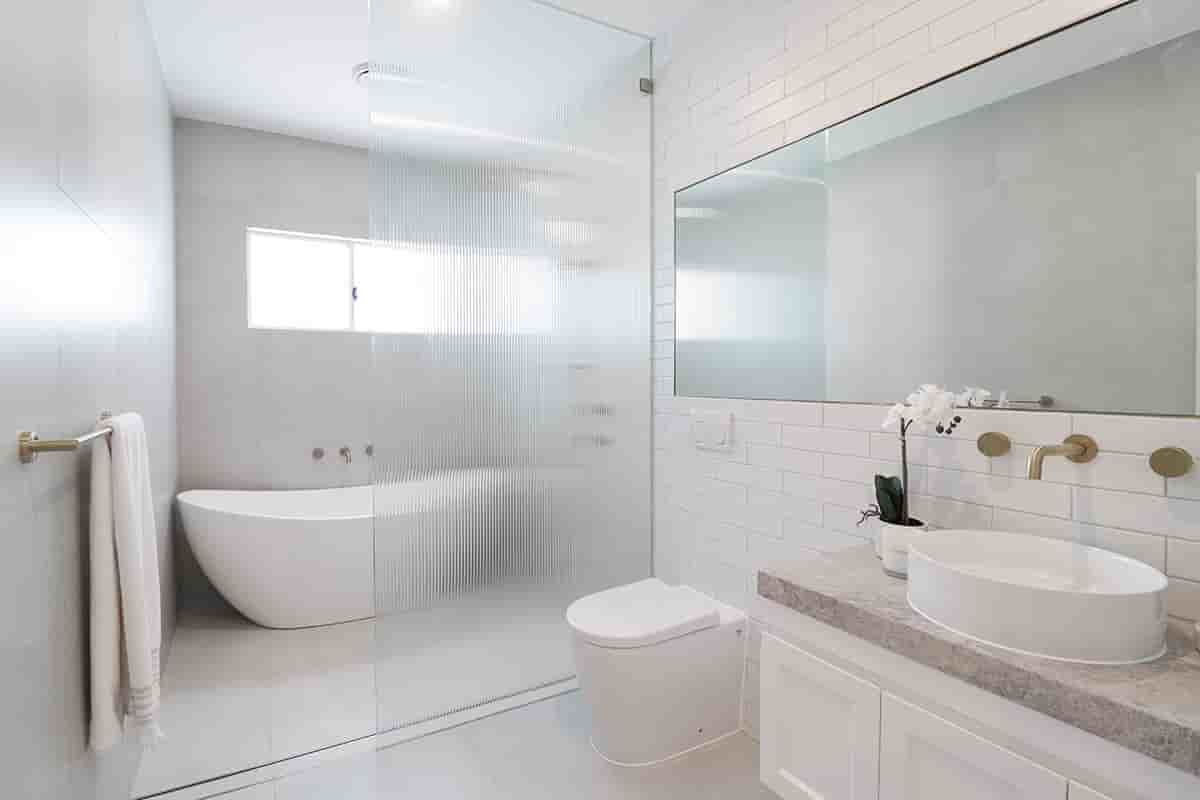
Here we will discuss the tile’s finish, we will focus on the distinction between a matte and a glossy finish. However, let’s begin with the basics and establish the contrast between matte and glossy tiles.
A glossy tile is exceptionally shiny or lustrous, and the majority of individuals can distinguish between these two textures quickly. Consider this magnificent marble-like tile in a trendy bathroom as an example; a matte tile is a bit less reflective and duller.
In terms of quality, how do the two finishes truly differ? In terms of durability, quality, and manufacturing process, gloss and matte tiles are equivalent. In each instance, the same materials and processes were employed to create the tiles. The tiles are then frequently covered with a glaze, a hard coating.
Even while a matte glazed surface may also feel extremely smooth, it is not as smooth at the microscopic level as a glossy glaze. In reality, the bumps or undulations on a matte glazed surface are longer than the wavelength of light, despite being invisibly tiny.
Due to the surface’s minute flaws, light that strikes a matt glaze is diffusely scattered, or diffused in all directions (even back into the tile). Even though matt glazes frequently reflect the same amount of light as glossy glazes, they do not do so in a way like a mirror, thus the matt surface seems less reflective or duller than the gloss surface.
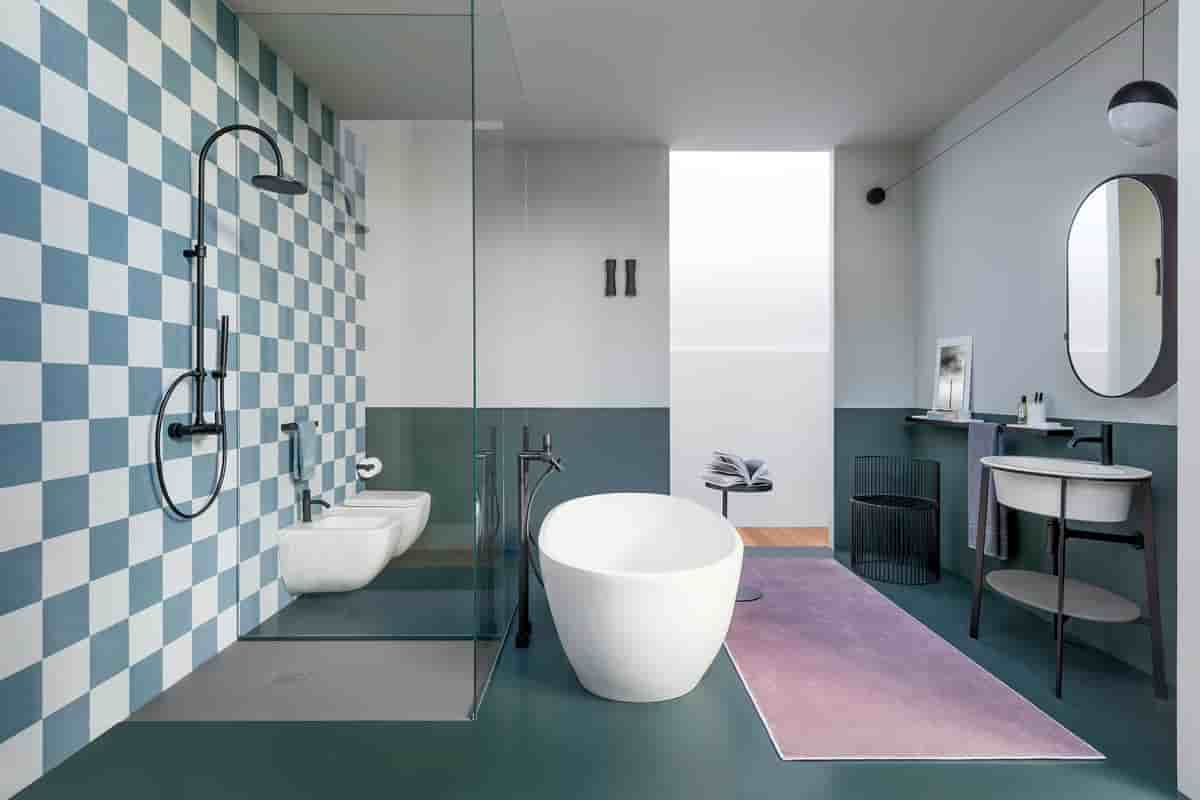
Gloss is the proportion of incoming light that is specularly reflected by a surface as opposed to diffusely reflected (or absorbed) by it.
Despite the fact that “gloss” is frequently confused with “shine” or “lustre,” gloss is actually the proportion of incoming light that is specularly reflected as opposed to diffusely reflected (or absorbed) by Because they reflect light in a mirror-like fashion, glossy tiles have a propensity to enlarge small areas and make rooms appear larger than they actually are.
The optical illusion generated by the surface’s extreme smoothness. Therefore, glossy tiles are ideal for use in small places, such as on bathroom walls, in compact kitchens, and even in box-shaped rooms.
Glossy tiles are ideal for usage in rooms with limited light because they provide the sense of a much brighter space by reflecting light throughout the room.
Observe how this bathroom is rendered deliciously bright and sparkly by the high gloss sheen of its wall tiles. Because matte surfaces are less smooth than those of glossy tiles, grip and traction are significantly superior.
Therefore, matt tiles are the ideal alternative for flooring, particularly in wet or humid areas such as bathrooms and entryways. Due to their outstanding slip resistance, many matt tiles are ideally suited for outdoor applications. With its soft, muted hues, matt is the appropriate finish if you want to create a quiet, restful space in your home. Matt’s unrefined look emanates a real, calming atmosphere.
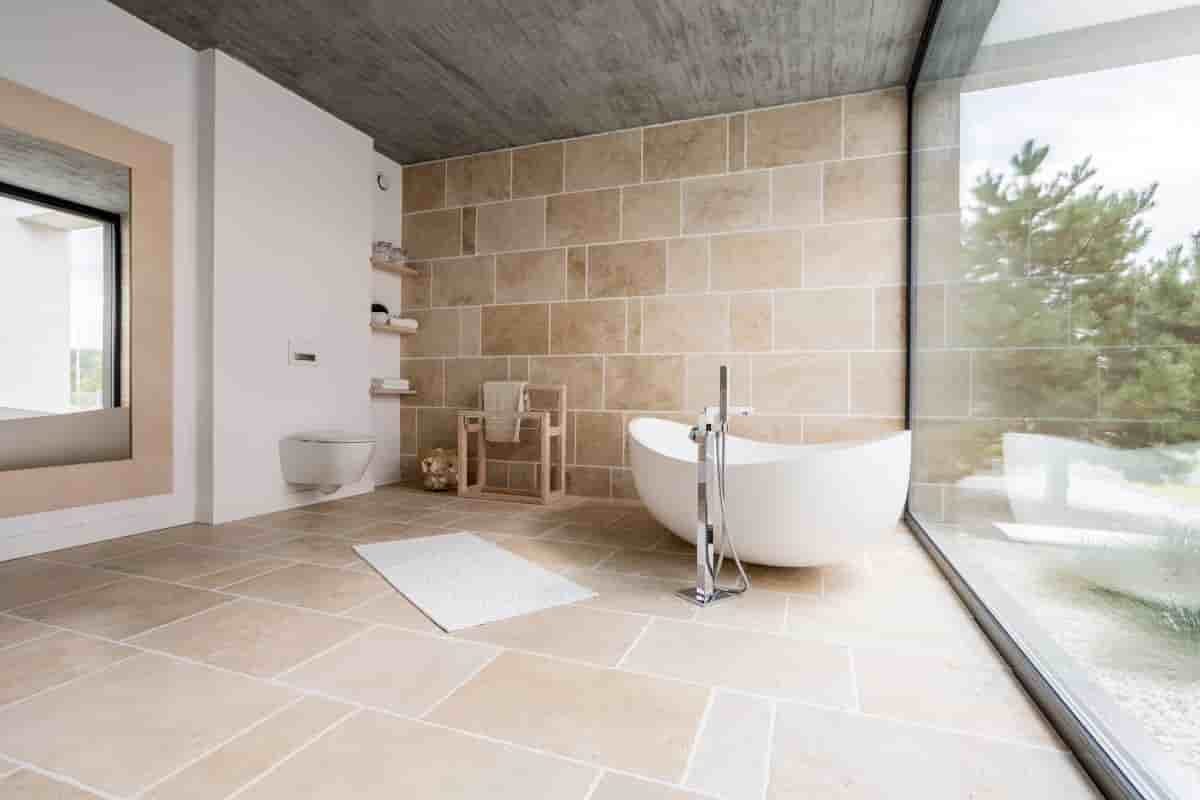
Matt tiles are without a doubt the finest alternative for those seeking to give their houses a traditional or rustic appearance for the same reasons. Matt cement effect or wood effect tiles, such as the wood effect tile shown below, contribute to the creation of a warm and inviting environment.
Now that you understand the distinctions between matte and glossy tiles, you should be able to make an informed decision. Glossy tiles are the best option for illuminating and expanding tiny bathrooms, kitchens with little natural light, and box spaces.
If you want to establish a peaceful space in your home or have a huge living room where you want to create a true, warm, natural ambiance, a matt finish is undoubtedly the preferable option.
CONS:
- STAINS ARE more often conceived.
If there are any spills, the matt-surfaced tiles will be difficult to clean. Because matt tiles are not as smooth as gloss tiles, stains stick to the floor and are difficult to remove.
- NOT RECOMMENDED FOR DARKER ROOMS
Non-reflective tiles are a terrible choice for a small room with little natural light since they are not reflecting. Instead of expanding, it will contract space.
3- COVER-UPS BUT DOES NOT AVOID
Matte tiles may conceal scratches, but they cannot prevent them. Additionally, any greasy or oily fingerprints or spills will be more noticeable.
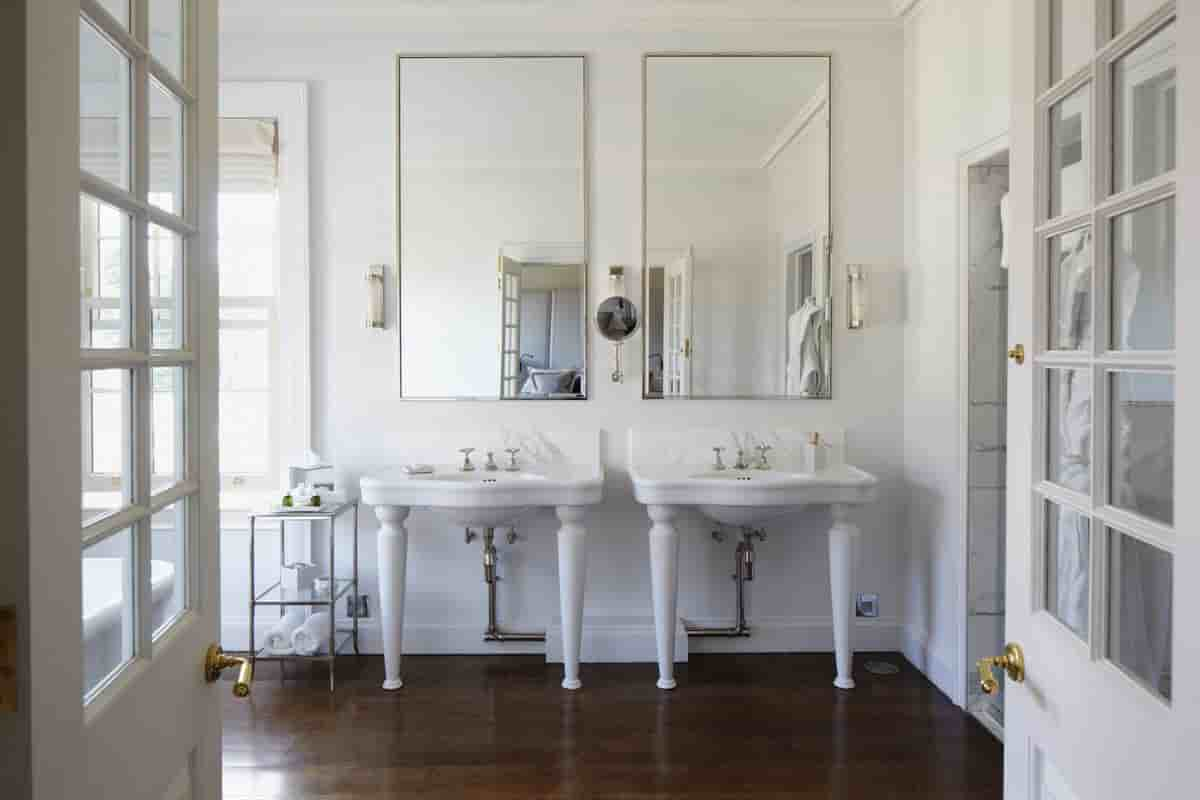
PROS:
1.Low upkeep is one of
Due to its outstanding ability to disguise stains and scratches, matte tiles do not require frequent cleaning. Because they require less maintenance, matte tiles are the best option for high-traffic areas.
2.RUSTIC NATURAL COMPLEXION 2
Due to their raw and earthy appearance, tiles with a matte finish complement a rustic-styled dwelling. Additionally, if you want a modern aesthetic, you might find the matte floor tiles to be a bit rustic.
- NOT FALLING
Matt tiles are non-slip because they have a higher coefficient of friction than glossy tiles. Therefore, it is the best option for restrooms and other humid environments. Matte floor tiles are also better from a safety aspect if you have children and pets.
Glossy Surface
CONS:
- Indicates Imperfections
Glossy finish tiles are the most likely to accentuate defects. Any flaw, scratch, mark, or fingerprint will be visible to the naked eye. They must be cleaned often to prevent stains from getting entrenched and difficult to remove.
- Slippery
The reflective shine of glossy tiles makes them unsafe for youngsters, animals, and the elderly. Because they become even more slippery when wet, it is not suggested to install glossy floor tiles in bathrooms or other moist areas.
- Sean Is Not Always Conscious.
Some individuals dislike the glare of glossy tiles, or the tiles are the incorrect design for the region. If you wish to create a tranquil and soothing environment, the sparkling and reflective features of glossy tiles are inappropriate.
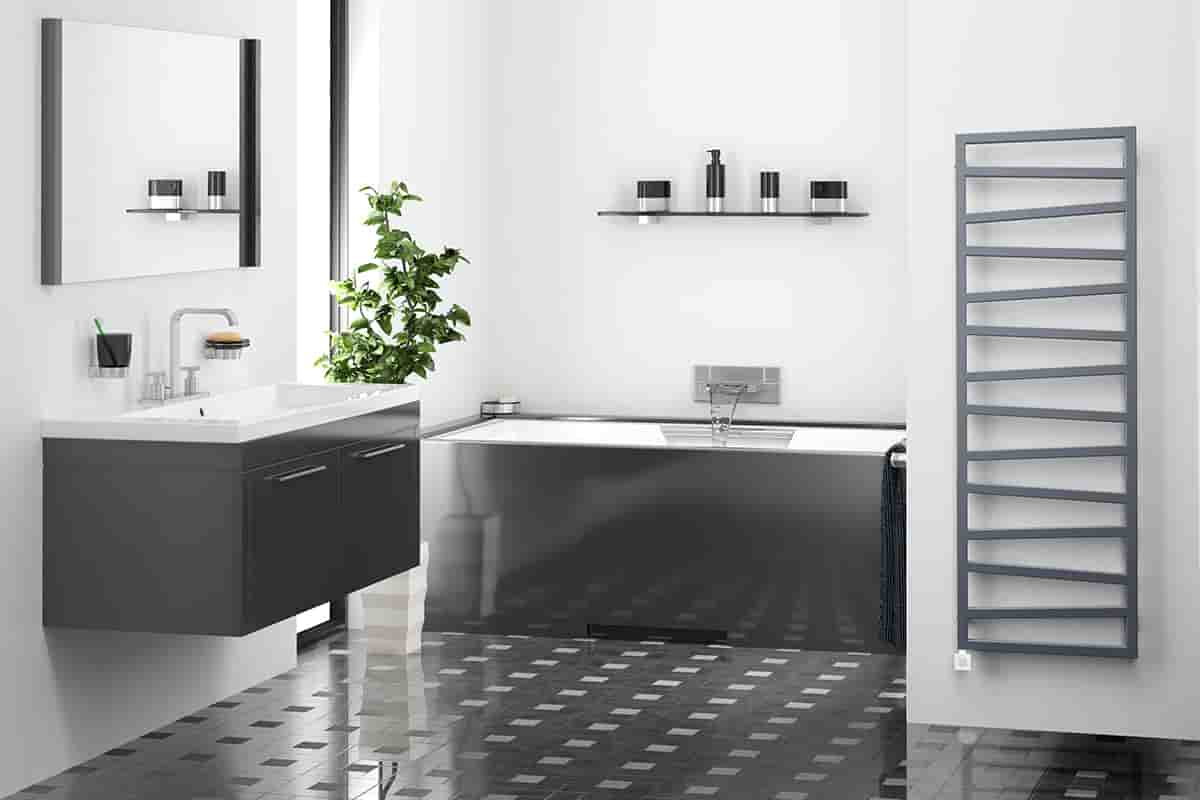
PROS:
- Easy To Clean
The fluid surface of the gloss tiles makes it easy to remove stains. It will be very easy to maintain cleanliness because the tiles can be cleaned with a single swipe.
2- Best Walls Option
Because they are slippery, gloss tiles are the best option for kitchen backsplashes and bathroom walls. Glossy wall tiles are available in several patterns, ranging from playful to beautiful.
3- Makes The Area Seem Bigger And Brighter.
The reflective nature of the glossy tiles provides the appearance that the area is bigger and brighter. It is the optimal option for small spaces with limited natural light.
- Glossy tiles
- Frequently, gloss tiles are smooth, brilliant, and shiny. Due to the nature of the surface, gloss tiles provide limited texture possibilities.
- The reflective characteristics of gloss tiles make any bathroom look larger. By reflecting any available light, they make the space look brighter and airier. In addition, this may make a small bathroom look larger.
- With a moist towel, glossy bathroom wall tiles are very easy to clean. In a family bathroom where soap and toothpaste stains may emerge on the wall tiles, they are thus an excellent choice.
- Matte cladding
- While glossy and dazzling tiles are more visually attractive, matte tiles have their own advantages. There are a variety of matte tile textures. Therefore, they are great for developing an interesting and tactile bathroom.
- The less reflective surface can also add to the bathroom’s quiet and pleasant ambiance. It will likely feel darker, though, than a bathroom with shiny wall tiles.
- Furthermore, matte tiles require less maintenance than glossy tiles. While dirt and stains are obvious on glossy tiles, they are far more resistant on matt tiles. Consequently, they require less frequent cleaning. Therefore, your bathroom will continue to appear more modern over time.
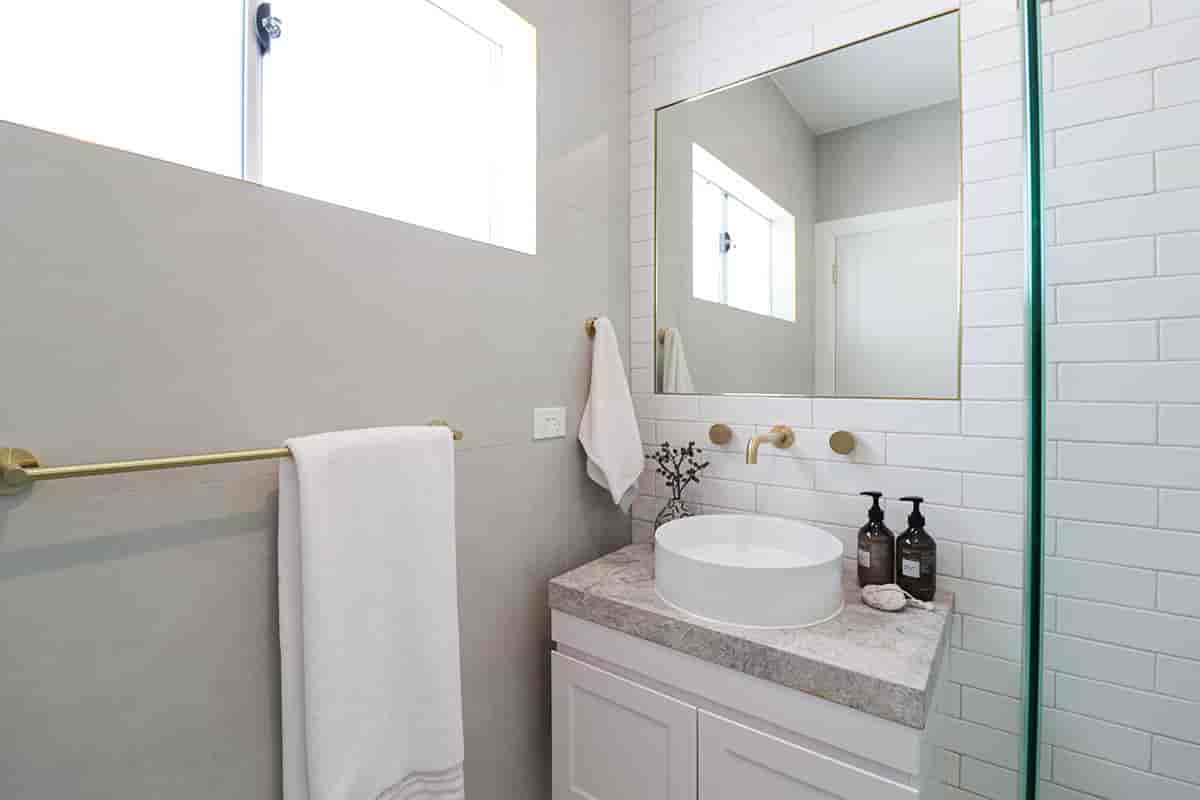
To sum up
You will decide for yourself whether the bathroom wall tiles should be glossy or matte. Each finish has benefits and drawbacks. Why not explore our variety of bathroom wall tiles on our website right now?
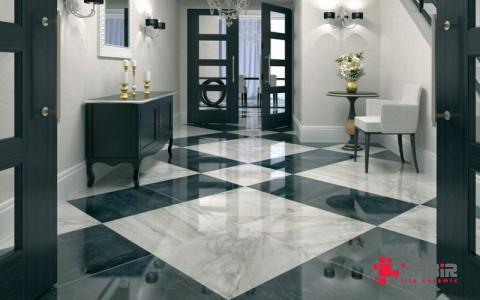
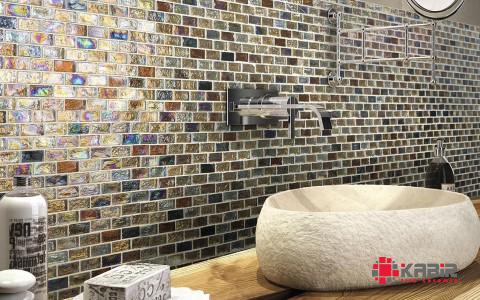

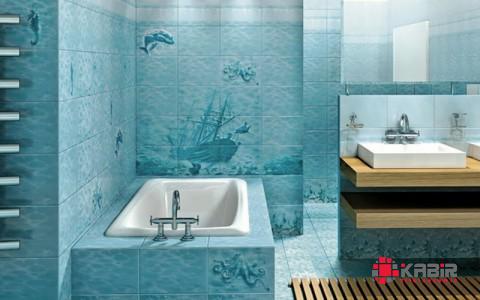
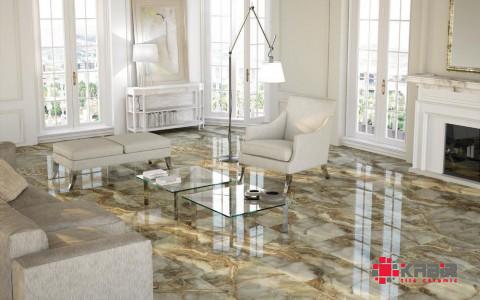
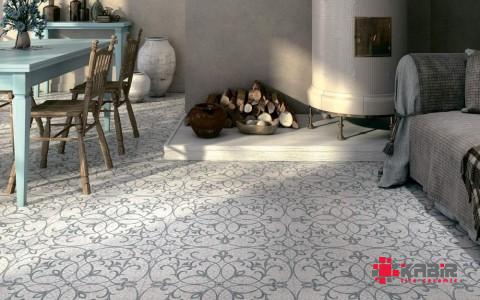
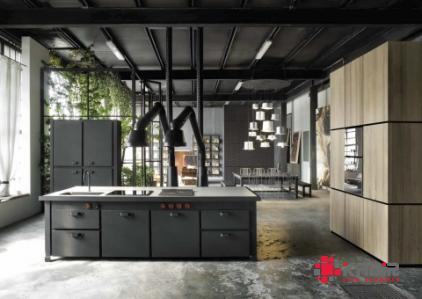
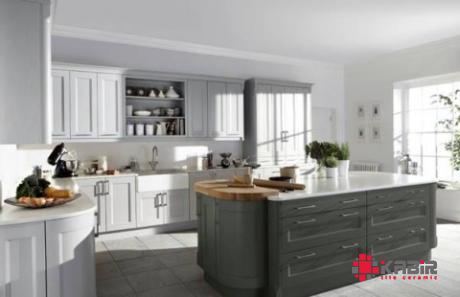
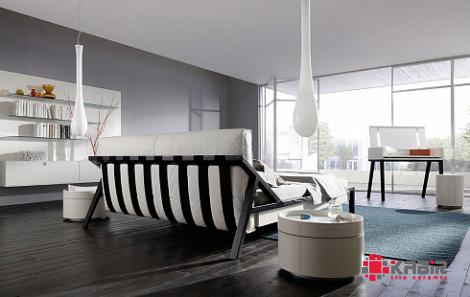
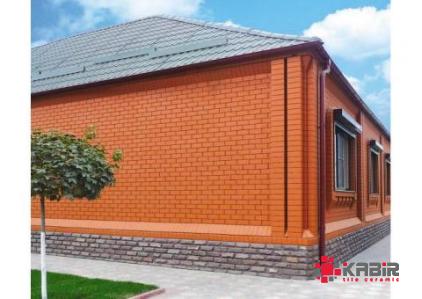
Your comment submitted.